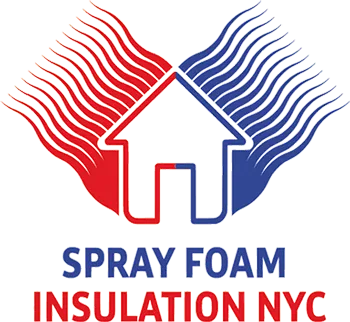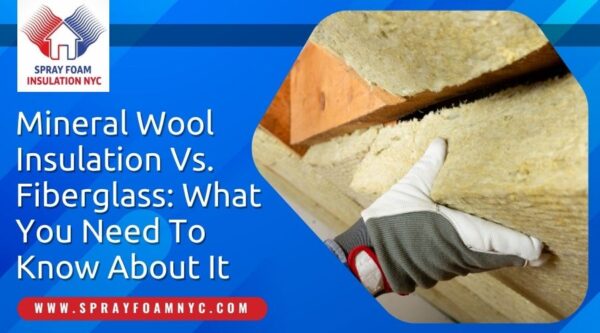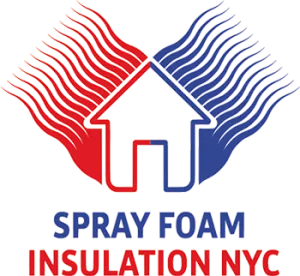When it comes to insulating your home or commercial space, you have a plethora of options to choose from. Among the popular choices are mineral wool insulation services and fiberglass insulation. Each material comes with its unique set of benefits and drawbacks, making it essential to comprehend their characteristics thoroughly to make a well-informed decision. In this article, we will delve into the dissimilarities between mineral wool insulation and fiberglass insulation, encompassing their definitions, advantages, disadvantages, pricing, environmental impact, efficiency, and various applications. By the end of this comprehensive comparison, you’ll have a clear understanding of which insulation type suits your needs best. So, let’s begin exploring these insulation options in detail.
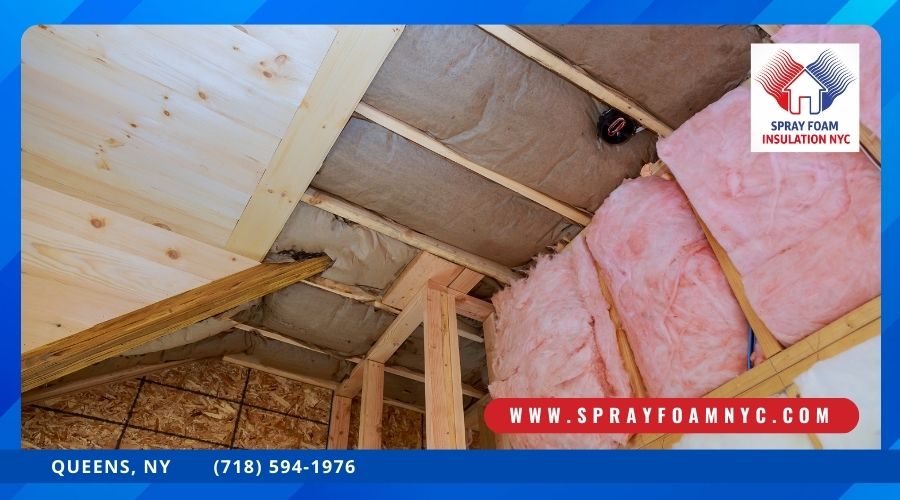
Definition of Mineral Wool Insulation Vs. Fiberglass
Mineral wool insulation, also known as rock wool insulation, is a type of thermal insulation made from natural minerals like basalt and diabase. It is created by melting these minerals at high temperatures and then spinning them into fibers.
On the other hand, fiberglass insulation is made from tiny glass fibers that are bound together to form a mat or a loose-fill product. Both materials are commonly used for their thermal insulation properties, which help in maintaining comfortable indoor temperatures by reducing heat transfer.
Pros of Mineral Wool Insulation Vs. Fiberglass
- Mineral wool insulation: It offers excellent fire resistance properties. It is non-combustible and can withstand high temperatures without releasing toxic gasses. Mineral wool has excellent sound absorption capabilities, making it ideal for reducing noise transmission between rooms or floors. Mineral wool is resistant to moisture, preventing the growth of mold or mildew. It is made from natural materials and can be recycled, making it an environmentally friendly choice.
- Fiberglass: It is known for its affordability. It is generally more budget-friendly compared to other insulation materials, making it an attractive option for those looking for cost-effective solutions. Fiberglass insulation is relatively easy to install, especially in standard applications. It comes in batts or rolls, allowing for straightforward placement between framing studs or joists. This ease of installation can save both time and effort during the insulation process. It is highly versatile and can be used in various applications.
It is suitable for insulating walls, floors, ceilings, and attics in both residential and commercial settings. Its flexibility allows for adaptation to different construction needs. Fiberglass insulation offers good thermal performance, helping to regulate indoor temperatures. It helps keep the desired warmth or coolness inside the building, leading to energy efficiency and potential cost savings on heating and cooling bills.
Fiberglass insulation is widely available in the market, making it easily accessible to consumers. It can be found in different sizes, thicknesses, and R-values, ensuring compatibility with various construction requirements.
Cons of Mineral Wool Insulation Vs. Fiberglass
- Higher Cost: Mineral wool insulation is generally more expensive than fiberglass insulation.
- Heavier and Bulkier: Mineral wool is denser and heavier compared to fiberglass, which can make installation more challenging.
- Irritant: Mineral wool can cause skin and respiratory irritation if proper protective gear is not used during installation.
Price of Mineral Wool Insulation Vs. Fiberglass
When considering insulation options, it’s essential to factor in the cost. Mineral wool insulation typically comes at a higher price point compared to fiberglass insulation. The exact cost will vary depending on factors such as the thickness, density, and quality of the material. However, it’s important to note that the higher upfront cost of mineral wool insulation can be offset by its long-term energy-saving benefits.
Environmental Impact of Mineral Wool Insulation Vs. Fiberglass
Both mineral wool insulation and fiberglass insulation have their environmental considerations. Mineral wool insulation is made from natural materials and can be recycled, which makes it a more sustainable choice. Fiberglass insulation, on the other hand, is made from glass fibers and can also be recycled. However, the production process for fiberglass involves high energy consumption and the release of greenhouse gasses. It’s important to weigh these factors and choose the option that aligns with your environmental values.
The Efficiency of Mineral Wool Insulation Vs. Fiberglass
Both mineral wool insulation and fiberglass insulation offer good thermal insulation properties. However, mineral wool has a higher R-value, which indicates its better thermal resistance. This means that mineral wool insulation can provide greater energy efficiency and better insulation performance.
Different Uses of the two types
Mineral wool insulation and fiberglass insulation find applications in various settings, including residential, commercial, and industrial buildings. They can be used in walls, roofs, floors, and attics to improve thermal comfort and energy efficiency. Additionally, mineral wool insulation is commonly used in applications that require fire resistance and soundproofing, such as theaters, recording studios, and mechanical rooms.
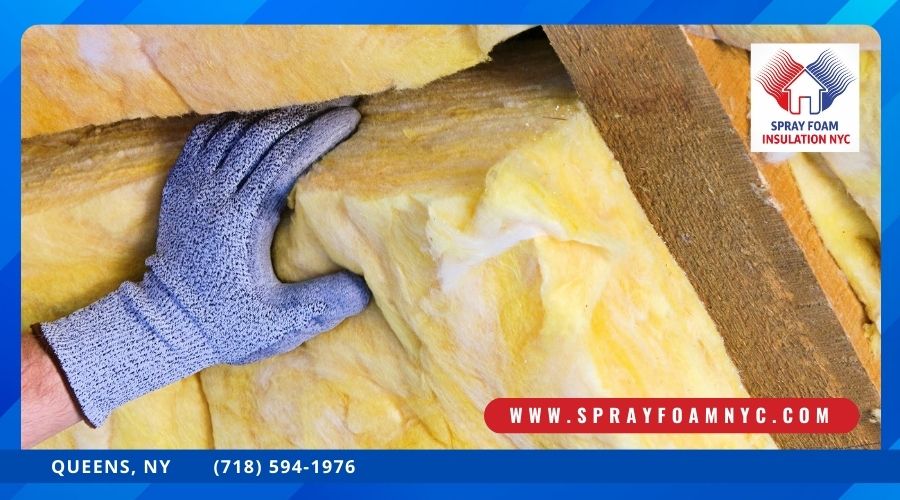
Conclusion
In conclusion, both mineral wool insulation and fiberglass insulation have their strengths and weaknesses. Mineral wool offers superior fire resistance, sound absorption, and moisture resistance, while fiberglass insulation is cost-effective and easy to install. Consider your specific requirements, budget, and environmental concerns when choosing between the two options. Consulting with a professional insulation contractor can also provide valuable insights tailored to your needs. Remember, the right insulation choice can significantly impact your comfort, energy efficiency, and overall building performance.
FAQs
Is mineral wool insulation better than fiberglass for soundproofing purposes?|
Yes, mineral wool insulation has superior sound absorption capabilities compared to fiberglass, making it an excellent choice for soundproofing applications.
Can I install mineral wool insulation myself, or should I hire a professional?
While it is possible to install mineral wool insulation yourself, hiring a professional attic insulation contractor is recommended. They have the expertise and knowledge to ensure proper installation and maximize insulation performance.
Is fiberglass insulation harmful to health?
Fiberglass insulation is generally safe to use. However, it can cause skin and respiratory irritation if proper protective measures are not taken during installation. Wearing protective clothing, gloves, and a mask is essential.
Which insulation option offers better fire resistance, mineral wool, or fiberglass?
Mineral wool insulation offers superior fire resistance compared to fiberglass. It is non-combustible and can withstand high temperatures without releasing toxic gases.
Can mineral wool insulation help reduce energy consumption?
Yes, mineral wool insulation has excellent thermal insulation properties, which can reduce heat transfer and lower energy consumption in buildings.
